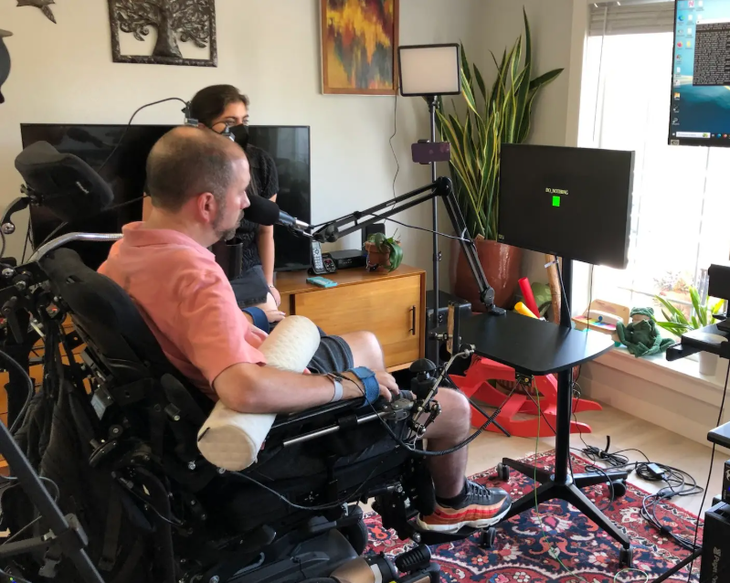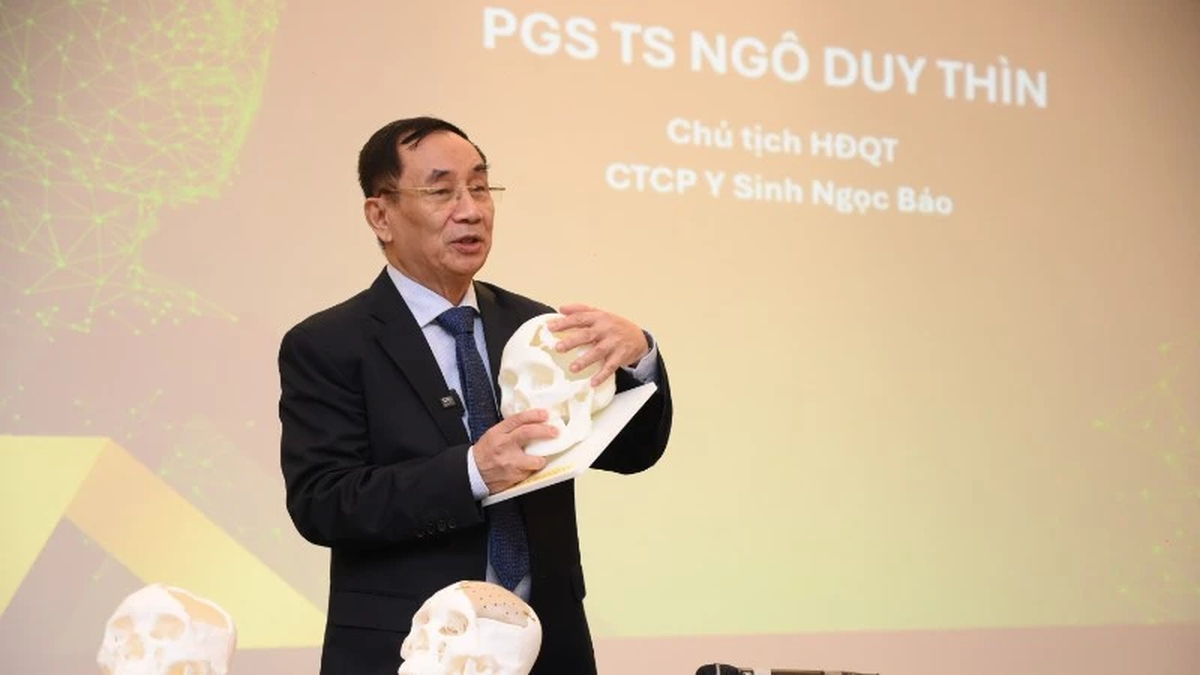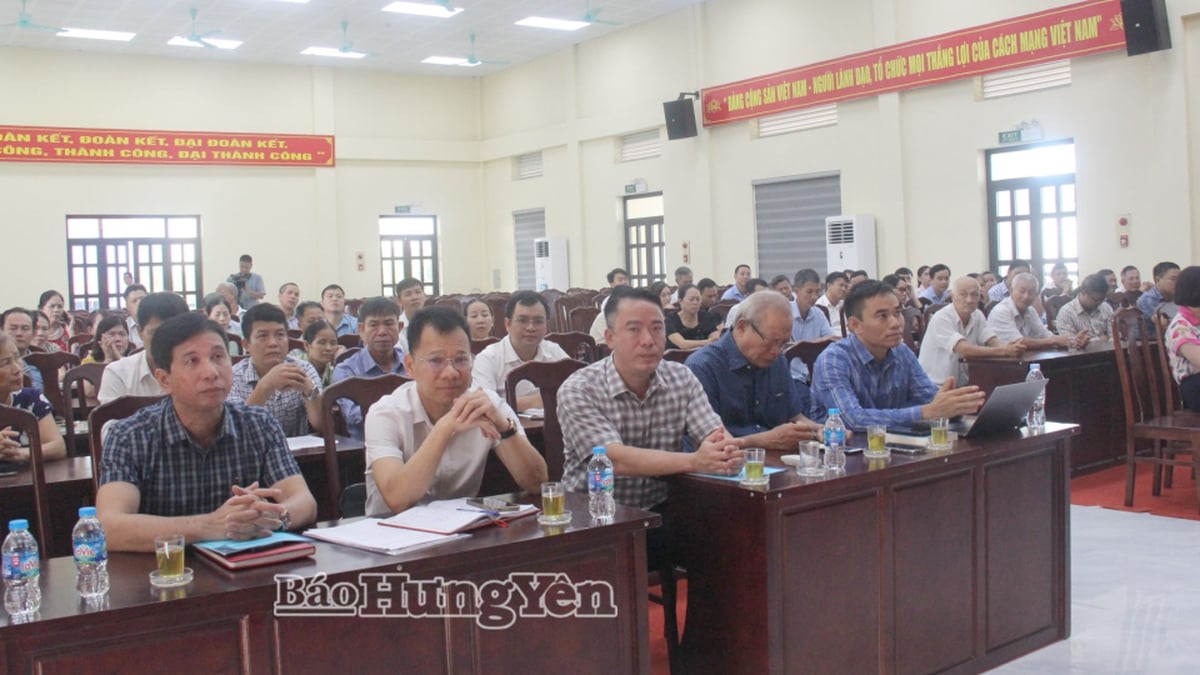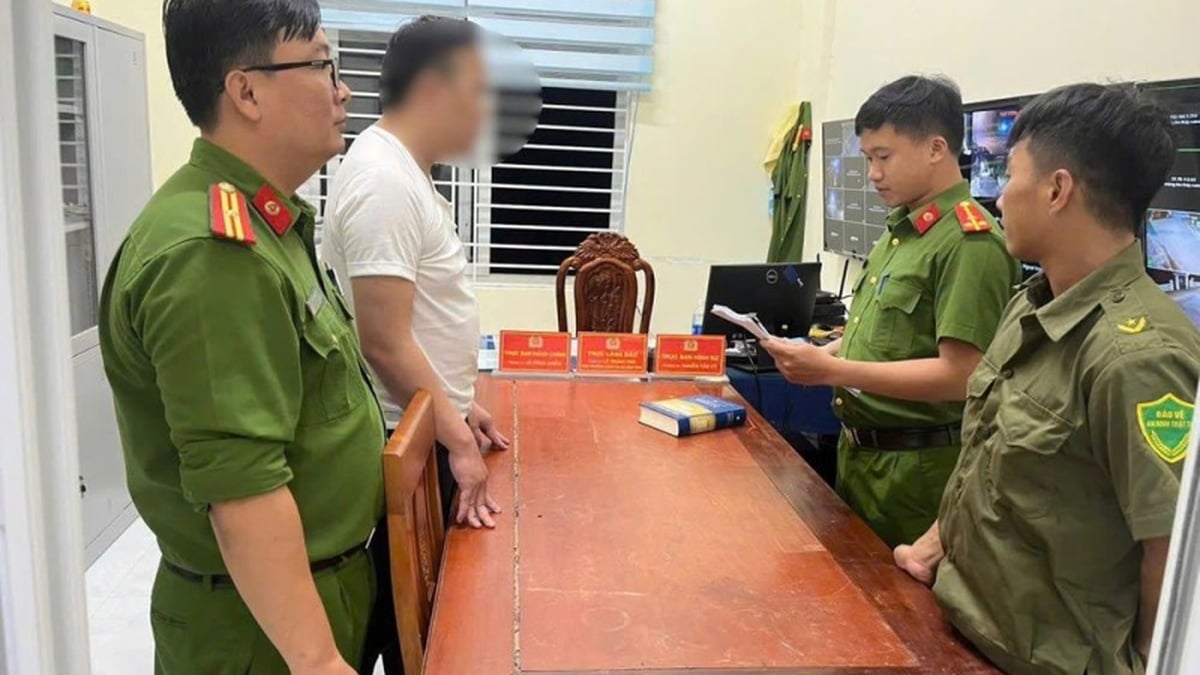
Mr. Casey Harrell (45 years old) is the participant of this experiment - Photo: UC DAVIS
According to Nature magazine on June 11, Mr. Casey Harrell (45 years old), who suffers from amyotrophic lateral sclerosis (ALS) - a disease that causes severe loss of speech - was able to talk and sing with his "real voice" thanks to an AI device implanted in his brain.
The device, called a brain-computer interface (BCI), uses artificial intelligence to decode the brain's electrical activity as the user tries to speak.
Notably, this is the first time a system has been able to not only reproduce the words the person intended to say, but also convey natural voice characteristics such as intonation, pitch, and nuance - important factors that help express emotions and meanings more clearly.
This BCI system can also convert neural signals into speech or singing almost instantly. Specifically, the system can create an artificial voice after only 10 milliseconds from the brain sending the signal, much faster than previous devices that needed several seconds to create speech.
The device, which was implanted in Mr. Casey’s motor cortex, consists of 256 tiny electrodes. Scientists trained an AI algorithm to decode brain signals every 10 milliseconds, recording every attempt to speak, not just complete words or isolated phonemes.
The results showed that users could make exclamation sounds like "ah", "oh", "hmm" and even emit words that were not in the training data.
The team also used old recordings of Mr. Casey to create a personalized synthetic voice, which he emotionally said felt like he was hearing his "real voice" again.
The device can also distinguish whether a user is speaking in a question or a statement, and automatically adjust the tone of the synthesized voice. The system can also recognize the emphasis on different words within the same sentence - which is important for accurately reproducing the intended meaning of the message.
Dr Maitreyee Wairagkar, a member of the research team at the University of California, Davis, said this is a step forward in helping people with speech loss communicate more naturally, overcoming the limitations of a fixed vocabulary.
Other scientists also consider this a "transformative" breakthrough in the BCI field, paving the way for highly applicable language support tools, with the potential to become everyday communication tools for people who have lost the ability to speak.
Source: https://tuoitre.vn/dot-pha-thiet-bi-cay-ghep-nao-ai-giup-nguoi-cam-noi-va-hat-20250614092557976.htm

































































































Comment (0)